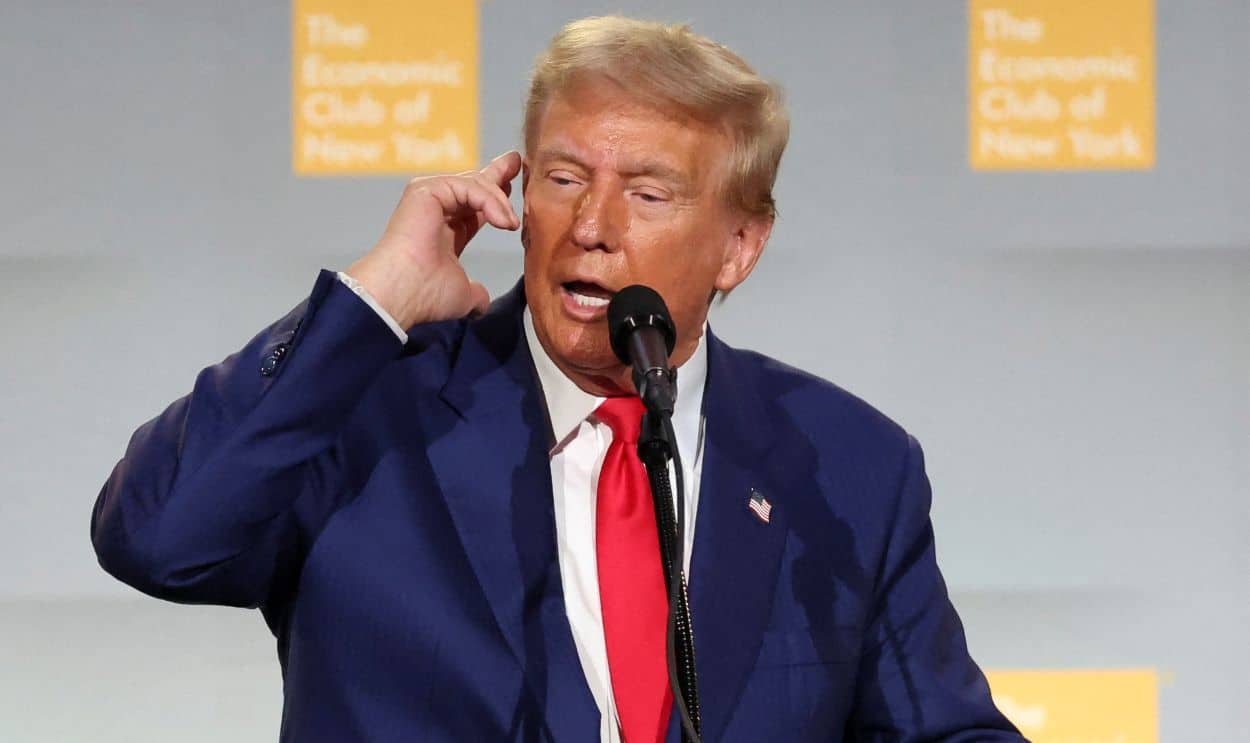The recent “60 Minutes” interview with President Donald Trump offered a rare public glimpse into the journalistic editing process. While the CBS broadcast presented a 28-minute segment, the network also published the full 73-minute conversation online.
This unprecedented move allowed viewers to see the dozens of editorial decisions made for clarity and newsworthiness. It highlights a central tenet of journalism: crafting a coherent story from a much larger pool of information.
The decision to release the full Trump interview stood in contrast to the program’s handling of its 2020 interview with then-Senator Kamala Harris. CBS released that transcript only after months of delay and public pressure. Typically, news organisations like “60 Minutes” do not routinely publish raw footage of interviews.
This shift in practice raises questions about transparency in modern journalism. Tom Bettag, a former “60 Minutes” producer and current University of Maryland journalism professor, notes a potential downside.
🚨 Trump just dropped the full 73-minute unedited version of his 60 Minutes interview, claiming the network “cut too much.”
Watch the raw footage yourself and decide. pic.twitter.com/GHnJLpdDuB
— Brian Allen (@allenanalysis) November 3, 2025“There’s a very good reason not to allow people to do that, in order to avoid the arguments of ‘you should have done this’ or ‘you should have done that,'” Bettag said. “The assumption has been that your audience trusts you to use good judgment and to be fair.”
Read: Trump Endorses Andrew Cuomo for NYC Mayor, Warns Against Mamdani
The editorial choices in the Trump interview were evident from the start. The broadcast began with a discussion on the government shutdown, while the actual conversation started with U.S.-China relations. This is a standard journalistic practice: leading with the topic deemed most relevant to the audience.
As Brian Stelter reported for CNN’s “Reliable Sources,” “The newsiest portions made the broadcast, which is why programs edit in the first place.”
Key elements left out of the broadcast included:
- Trump calling Senator Chuck Schumer a “kamikaze.”
- A comment that Schumer “would rather see the country fail than have Trump and the Republicans do well.”
- The former president telling interviewer Norah O’Donnell she “should be ashamed” of a question.
- An exchange where Trump turned the tables, asking O’Donnell if she felt safe in Washington, D.C.
Journalist Rick Ellis, who compared the transcripts for All Your Screens, noted, “I was struck by how much of what didn’t air from the interview were the parts that seemed more rant-filled and often confusing.”
CBS did integrate fact-checks into the broadcast segment, such as refuting a claim about nuclear weapons testing. However, some of Trump’s assertions, such as beating “nonsense,” went unchallenged.
One significant omission was Trump’s discussion of his lawsuit against CBS. The broadcast did not include his comments about the $16 million settlement or his praise for the network’s new leadership, including editor-in-chief Bari Weiss.






